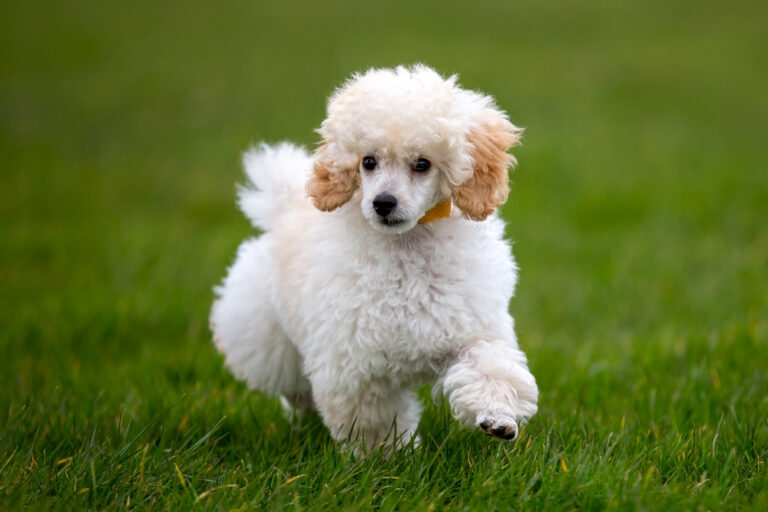- May 18, 2023
Exploring the Fascinating History of Cats and their Breeds

Cats have been a part of human civilization for thousands of years. The ancient Egyptians, for example, worshipped cats and believed them to be sacred animals. They were even mummified and buried with their owners. But how did cats become domesticated, and how did they evolve into the many different breeds we know today?
The Domestication of Cats:
The domestication of cats is a mystery that has puzzled scientists for many years. Unlike dogs, which were bred for specific purposes such as hunting or herding, cats were never intentionally domesticated. It is believed that cats began to live near human settlements in order to hunt rodents, which were attracted by stored grain.
Over time, these wild cats became more comfortable living around humans, and some even began to enter homes and interact with people. This natural process of domestication likely occurred in many different parts of the world, with different breeds developing in different regions.
Early Cat Breeds:
The first documented cat breeds were developed in Egypt, around 3000 years ago. These early cats were likely the ancestors of the modern-day Egyptian Mau and Abyssinian breeds. Over time, cats were brought to other parts of the world, where they continued to evolve and develop into new breeds.
In Europe, for example, cats were highly valued for their hunting abilities and were often kept as pets by royalty and other wealthy individuals. The Siamese cat, one of the oldest known cat breeds, was likely brought to Europe from Siam (now Thailand) in the late 1800s.
Modern Cat Breeds:
Today, there are over 100 different recognized cat breeds, each with its own unique traits and characteristics. Some of the most popular cat breeds include the Persian, Siamese, Maine Coon, and Bengal.
Many modern cat breeds were developed in the late 19th and early 20th centuries, through selective breeding and the establishment of cat shows. Breeders aimed to develop cats with specific physical and behavioral traits, and these efforts led to the creation of many new breeds.
One of the most interesting modern cat breeds is the Savannah cat, a cross between a domestic cat and a serval, a wild African cat. Savannah cats are known for their large size, distinctive markings, and high intelligence. They are a relatively new breed, first developed in the 1980s, but have quickly become popular with cat lovers around the world.
Conclusion:
The history of cats is a fascinating subject, full of mysteries and unanswered questions. Despite their long association with humans, cats remain somewhat enigmatic creatures, with unique personalities and behaviors that continue to captivate us.
From their humble beginnings as wild hunters to their current status as beloved pets and cultural icons, cats have come a long way over the course of their history. Whether you prefer long-haired Persians, sleek Siamese, or playful Bengals, there is a cat breed out there for everyone.
So the next time you cuddle up with your furry feline friend, take a moment to appreciate the long and fascinating history that has led to their presence in your home.
Resources that were used in researching the history of cats for the blog post:
- Bradshaw, J. W. S. (2013). “The Evolutionary Basis for the Feeding Behavior of Domestic Dogs (Canis familiaris) and Cats (Felis catus)”. Journal of Nutrition, 143(6), 1213S-1217S.
- Driscoll, C. A., et al. (2007). “The Near Eastern Origin of Cat Domestication”. Science, 317(5837), 519-523.
- “History of the Cat”, The Cat Fanciers’ Association, https://cfa.org/history-of-the-cat/.
- Kitchener, A. C. (1991). The Natural History of the Wild Cats. Cornell University Press.
- Turner, D. C. and Bateson, P. (2000). The Domestic Cat: The Biology of its Behaviour. Cambridge University Press.
Tags
What do you think?
Related Articles

New Puppy Checklist: Gear You’ll Need for Your New Dog
Getting a new puppy is really exciting, but before you welcome them home, it’s important to prepare your space for them. Since puppies need a

How Big Do Mini Poodles Get? Vet Reviewed Average Weight & Growth Chart – Dogster
The information is current and up-to-date in accordance with the latest veterinarian research. Learn more » When you buy a Miniature Poodle, you might not

Can Police Dogs Smell Nicotine? Vet Verified Facts & Info – Dogster
The information is current and up-to-date in accordance with the latest veterinarian research. Learn more » While cigarette sales have been declining steadily for decades,

How Old Is 5 in Dog Years? Vet-Approved Guide to Each Size of Dog – Dogster
The information is current and up-to-date in accordance with the latest veterinarian research. Learn more » A common method for calculating a dog’s age is

